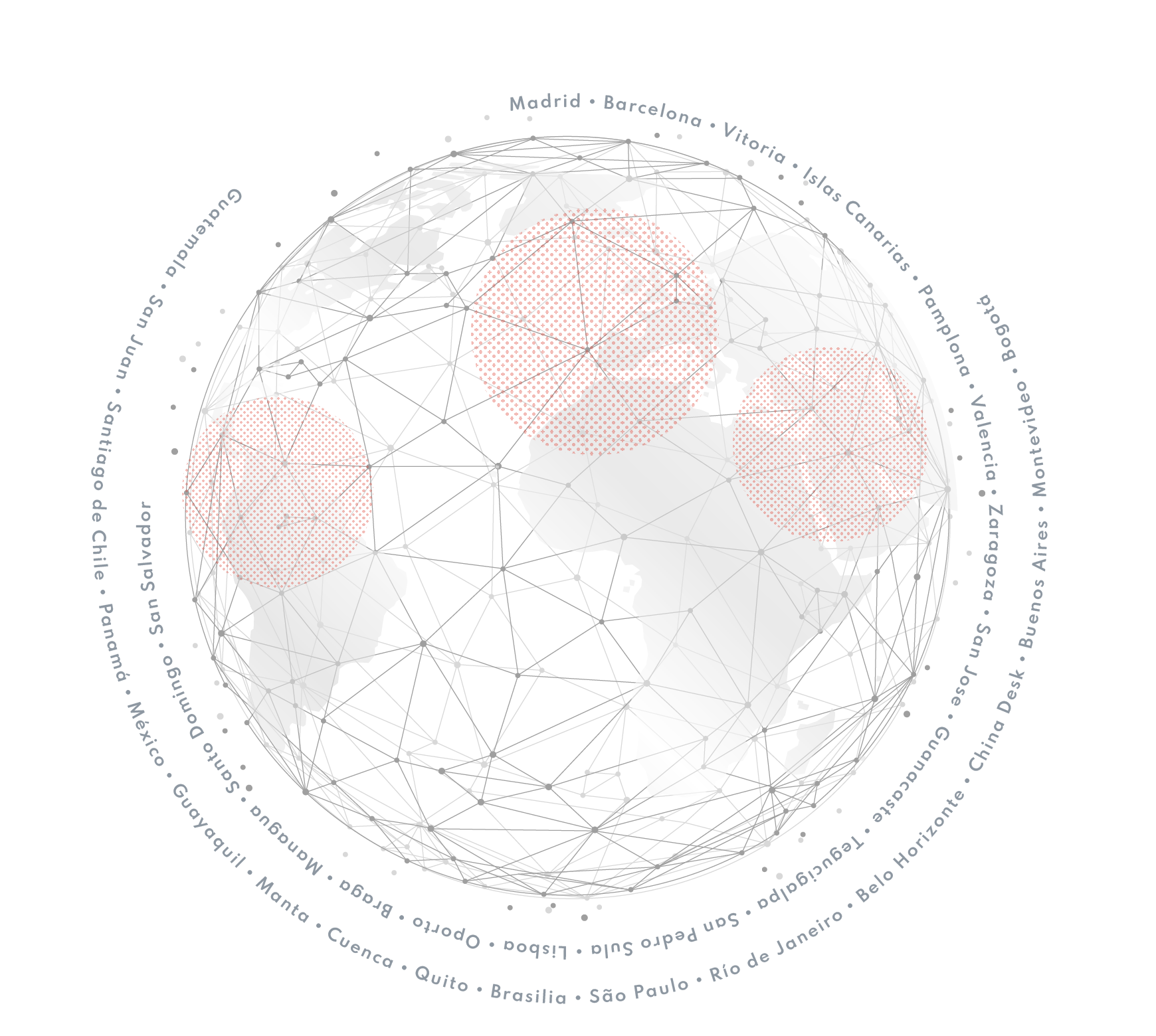Annual Average Availability of Groundwater in Mexico: Challenge for National Water Concessionaires
Article published by Lexlatin.
The National Water Law (LAN) establishes that the Federal Executive is responsible for the authority and administration of water resources to promote their conservation, integrated management, equitable distribution, and efficient use. Water, being a scarce element with high economic, social, and environmental value, is a necessary condition for sustainable development.
In accordance with Article 22, the last paragraph of the LAN mandates the National Water Commission to publish the annual average availability of groundwater (DMA) every three years. On November 9, 2023, the “Agreement updating the annual average availability of groundwater of the 653 aquifers of the Mexican United States” was published in the Official Journal of the Federation.
Following the same line of thought, Article 22, the second paragraph of the same law determines that for the granting of concessions of national waters, the DMA of the aquifer, basin, or hydrological region in question will be taken into account. This is the main criterion for granting in real terms.
It is crucial to highlight that, according to this new update, 286 of the 653 aquifers show a deficit, leading to various consequences:
- New concessions will be challenging to grant or increase in places where aquifers lack availability. Industries may need to resort to the secondary market to acquire water volumes from other concessionaires or an irrigation district.
- Water limitation will impact new projects and productive processes, particularly in the agricultural, manufacturing, and energy sectors. Rigorous studies will be necessary to locate projects where water availability is positive.
- Exploring opportunities such as implementing rainwater harvesting schemes and wastewater reuse will become important.
- Concessionaires may face limitations in their granted water volume, as human and domestic consumption takes precedence over industrial use.
- Regulation and surveillance mechanisms may become stricter and more frequent.
- Atmospheric pollution, combined with water scarcity, could render certain industrial activities unaffordable. Hence, the importance of significantly improving wastewater treatment (from all uses) and designing efficient mechanisms for its reuse.
- Infrastructure for water storage and distribution will be crucial to mitigate the risks of water resource scarcity.






